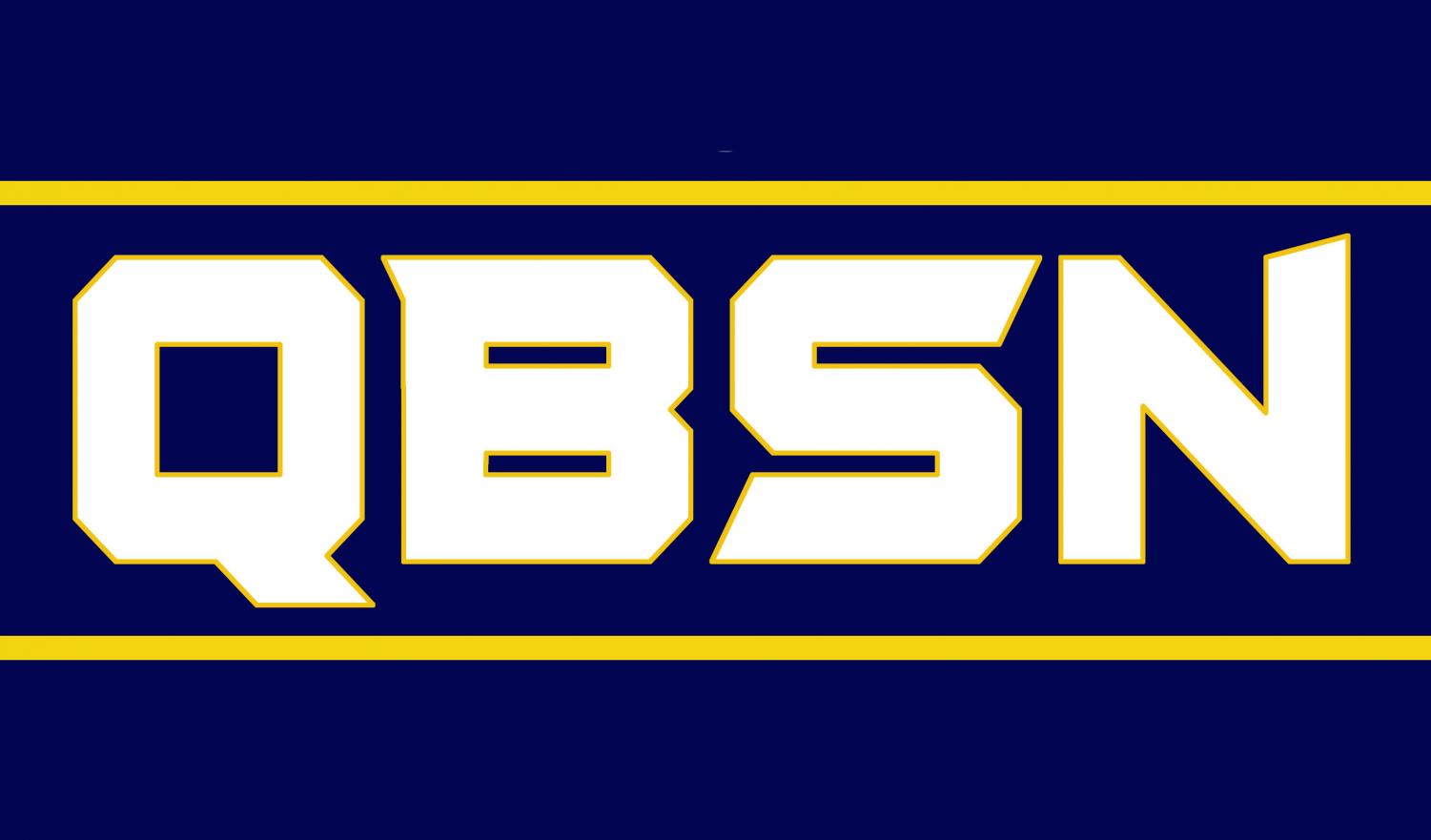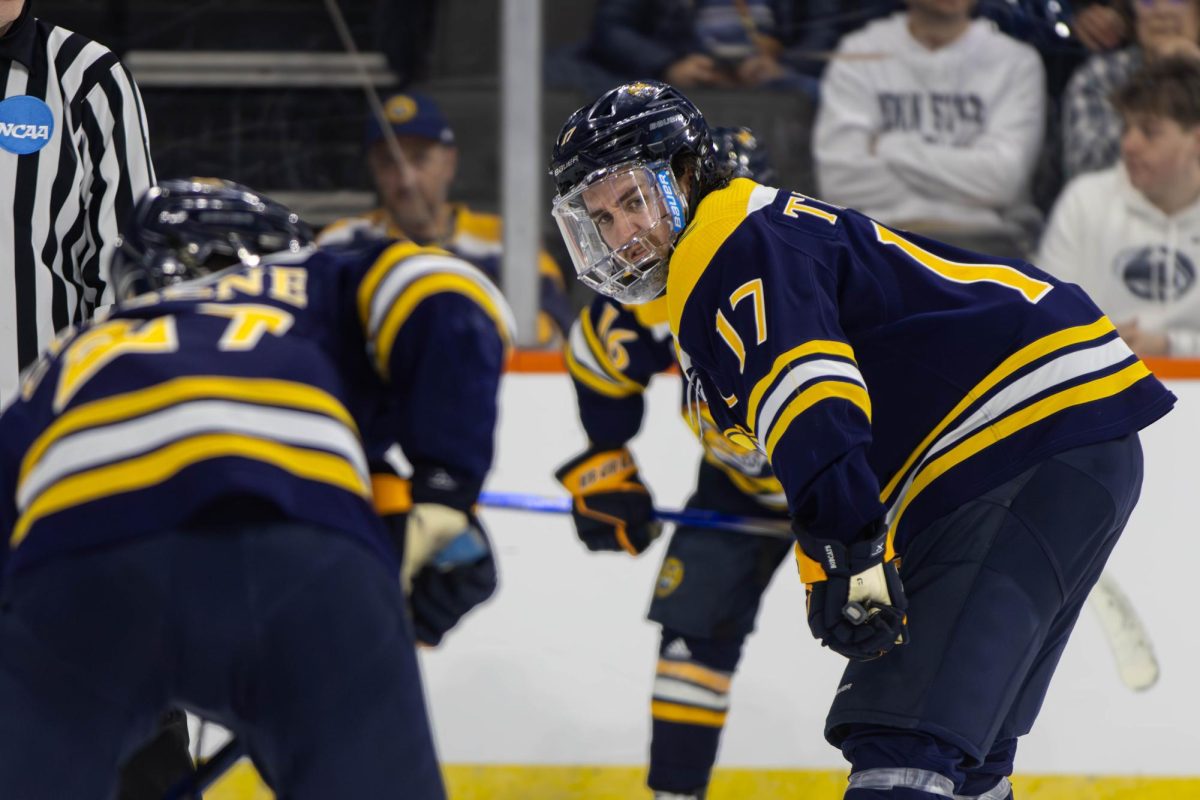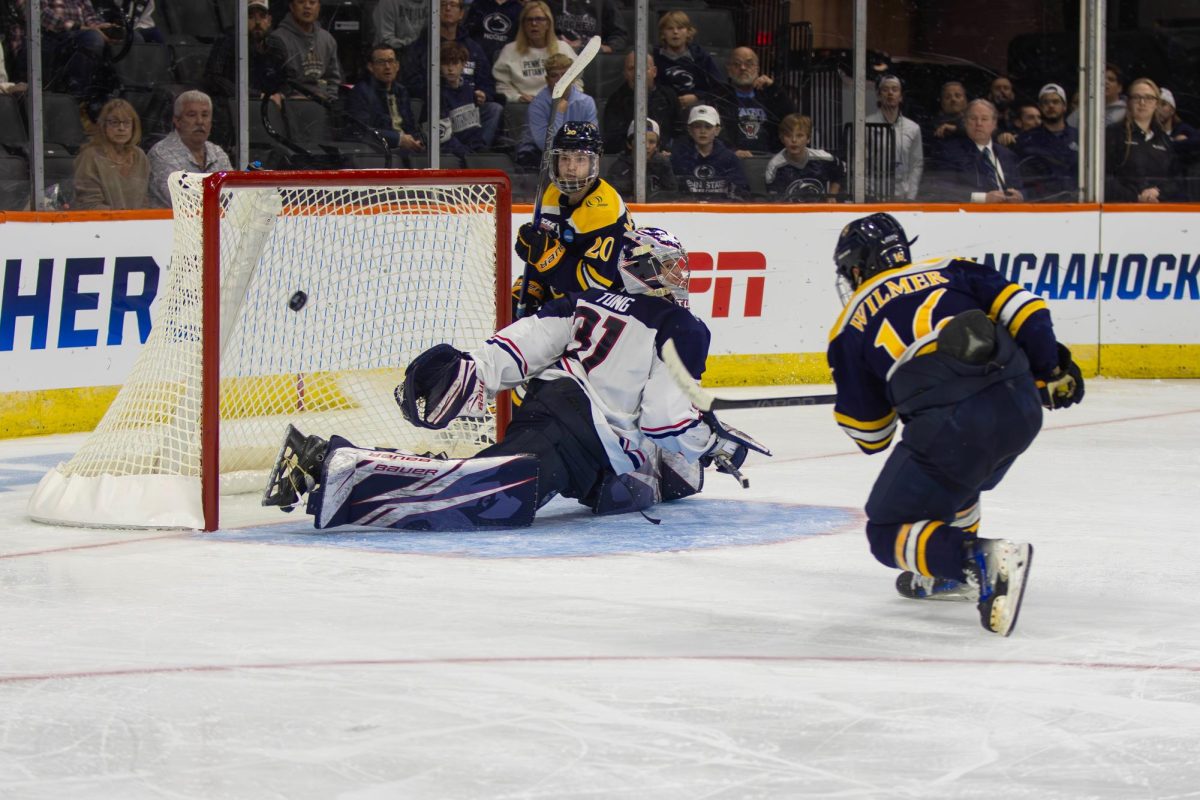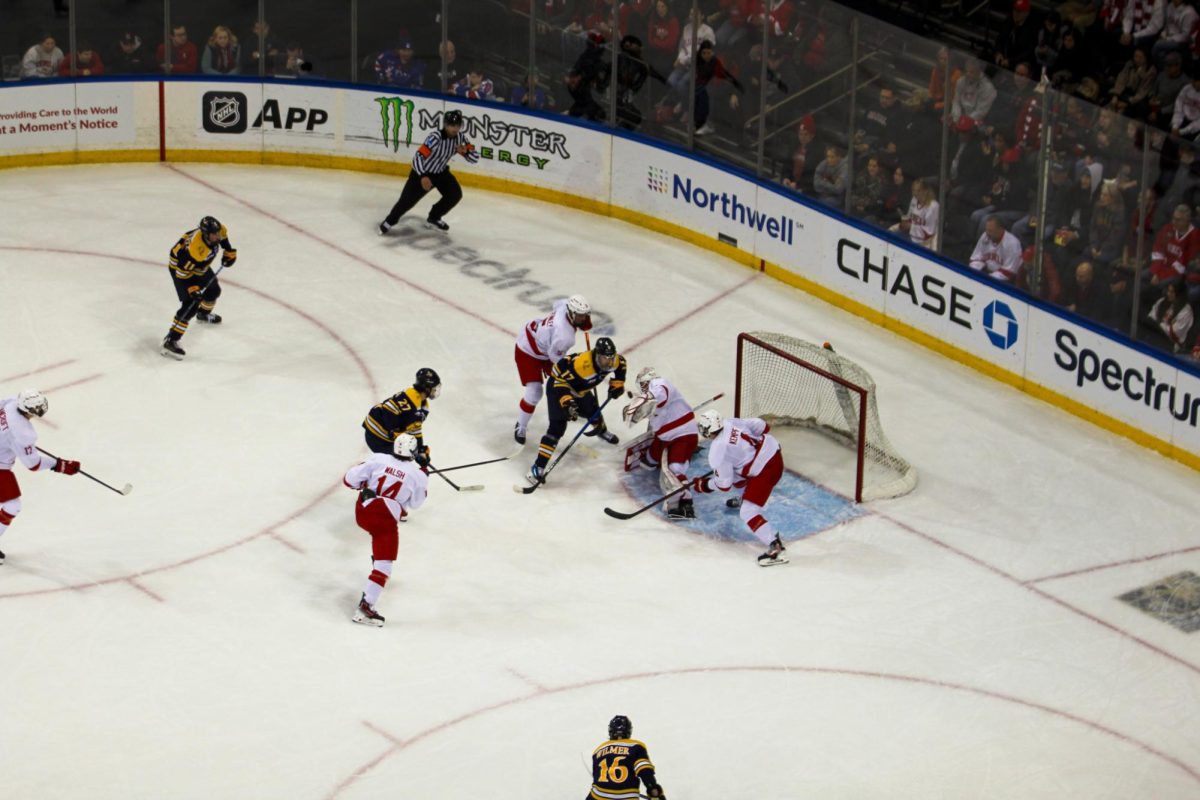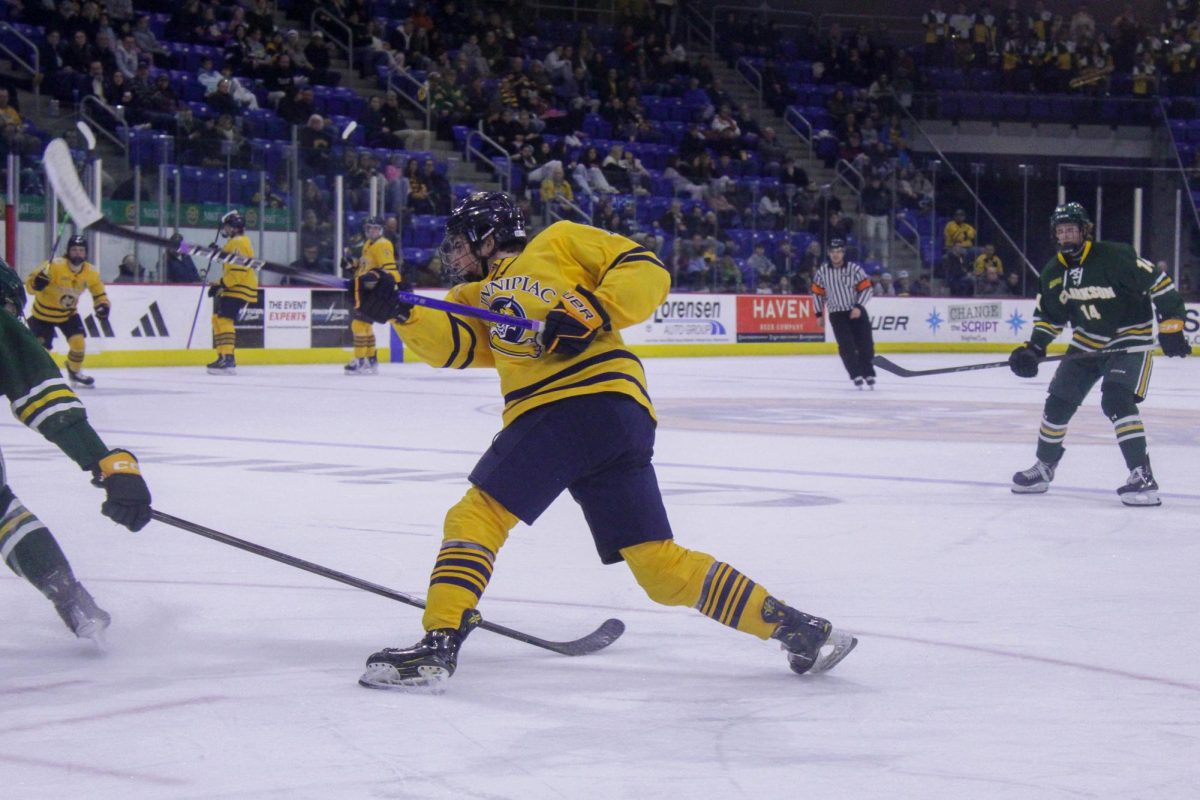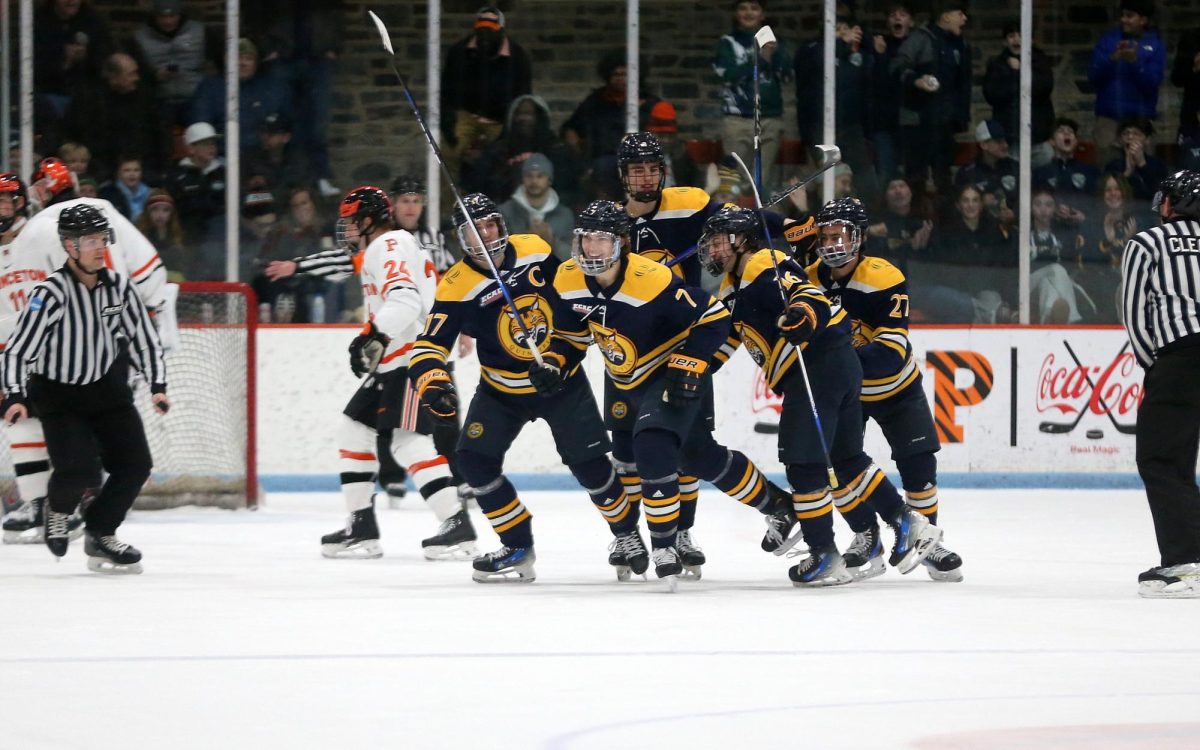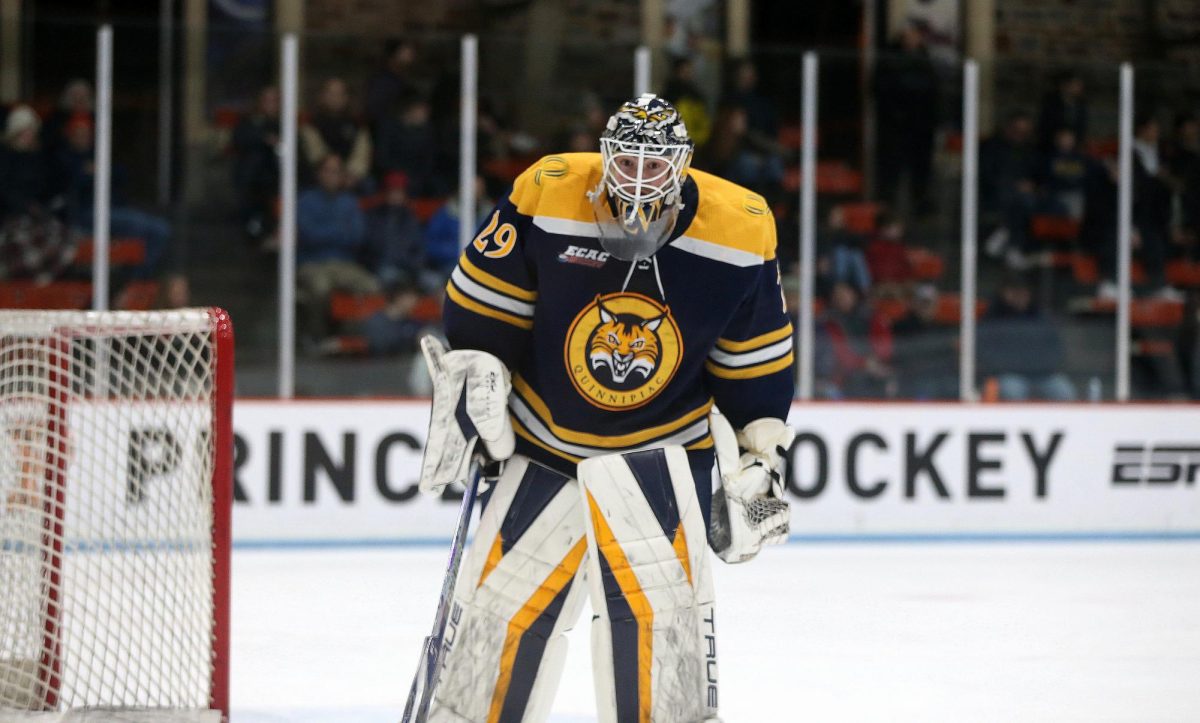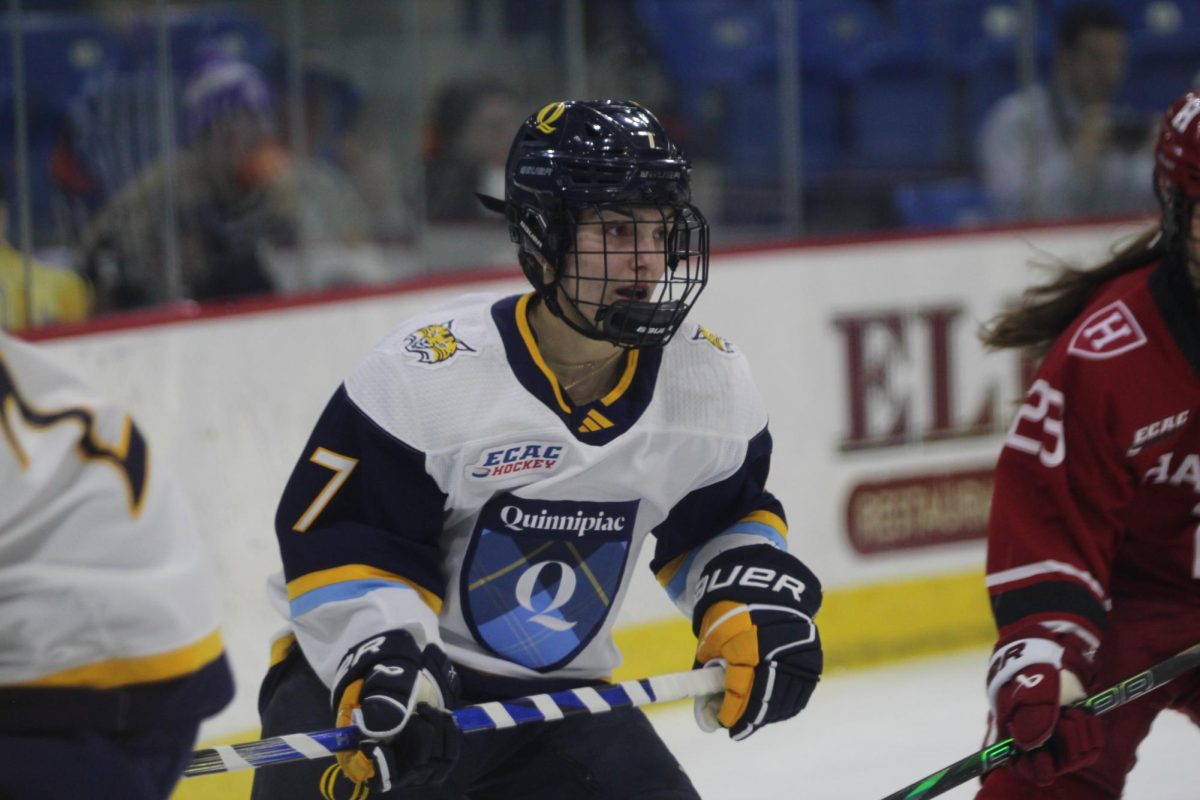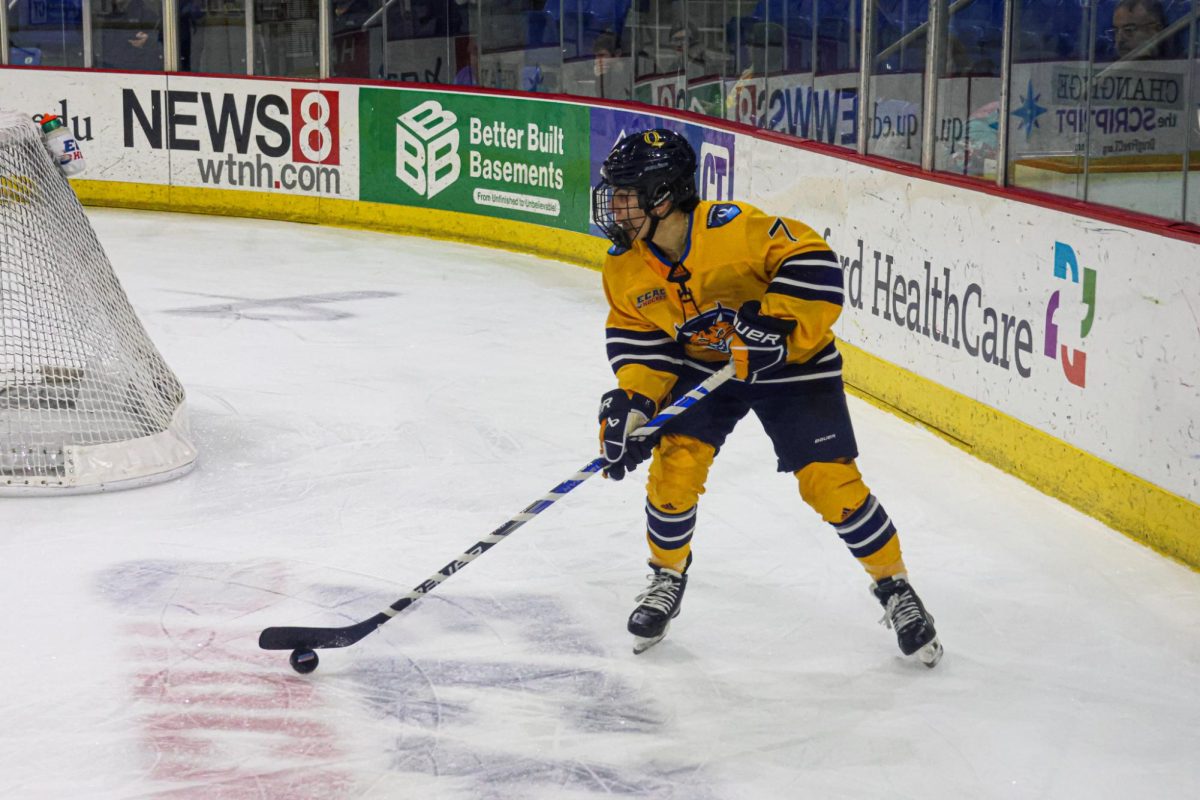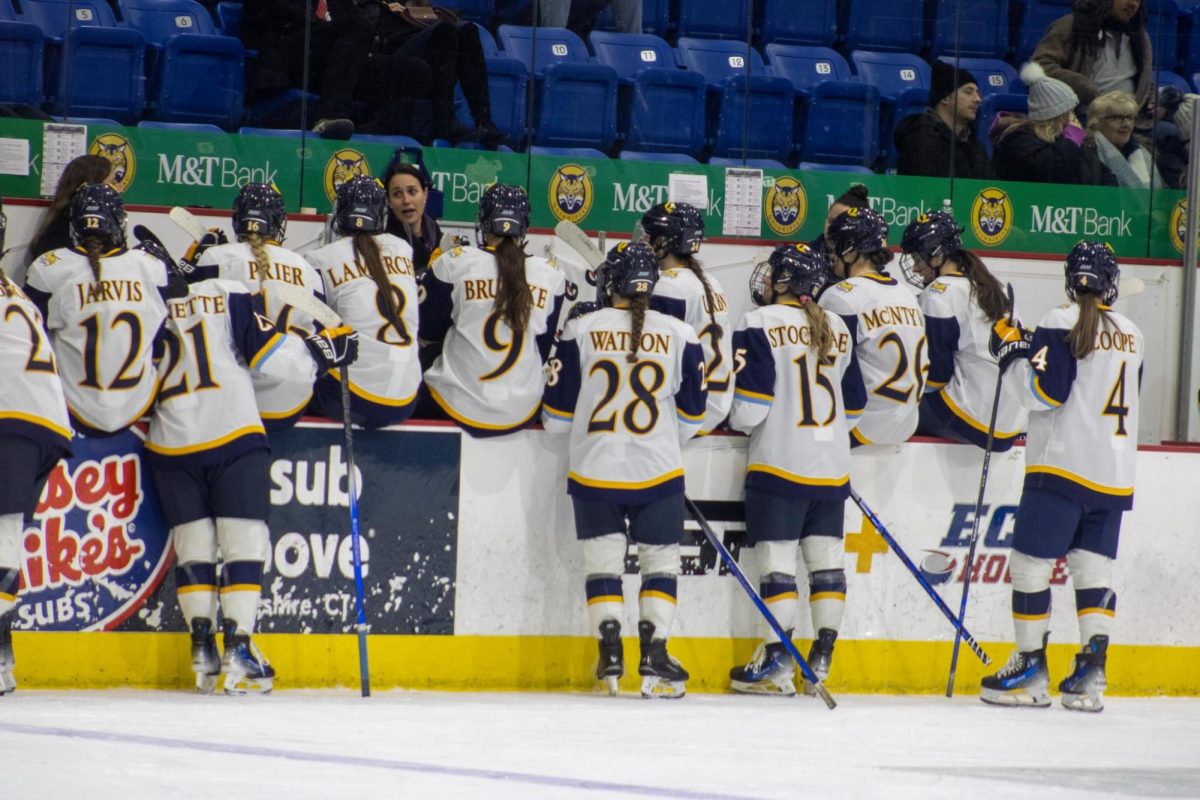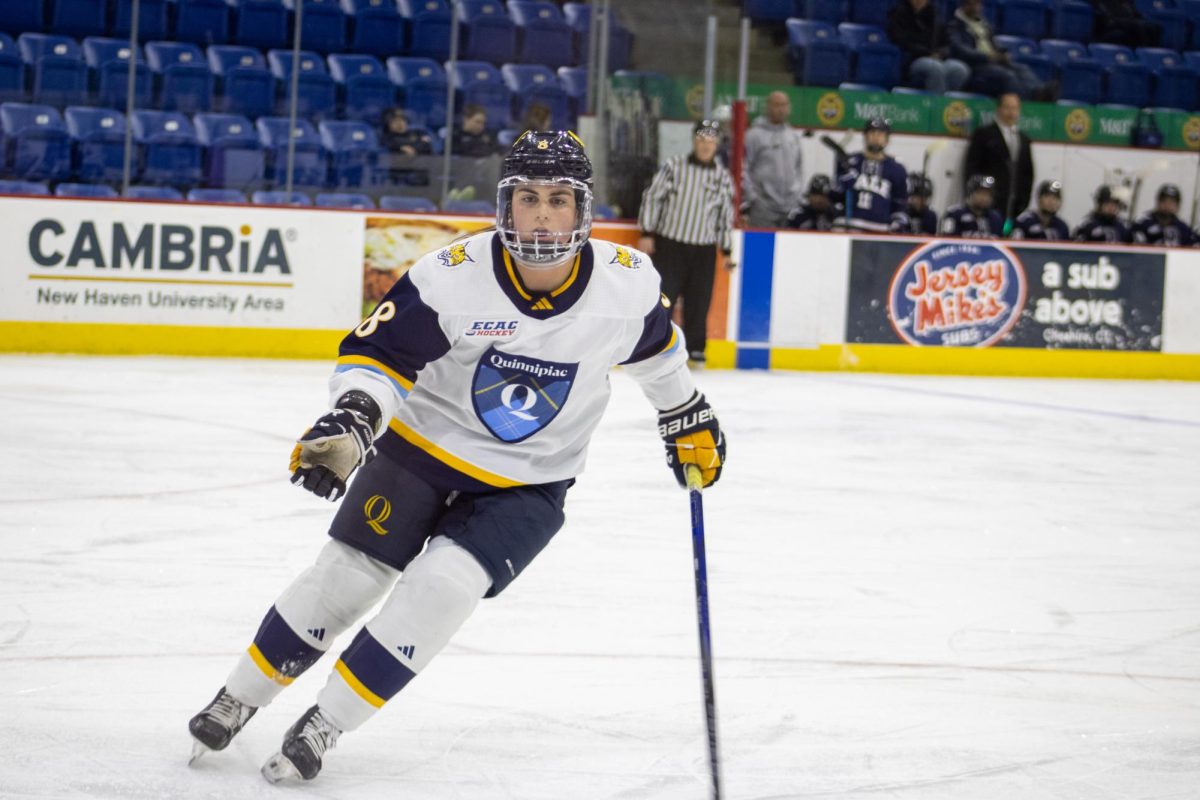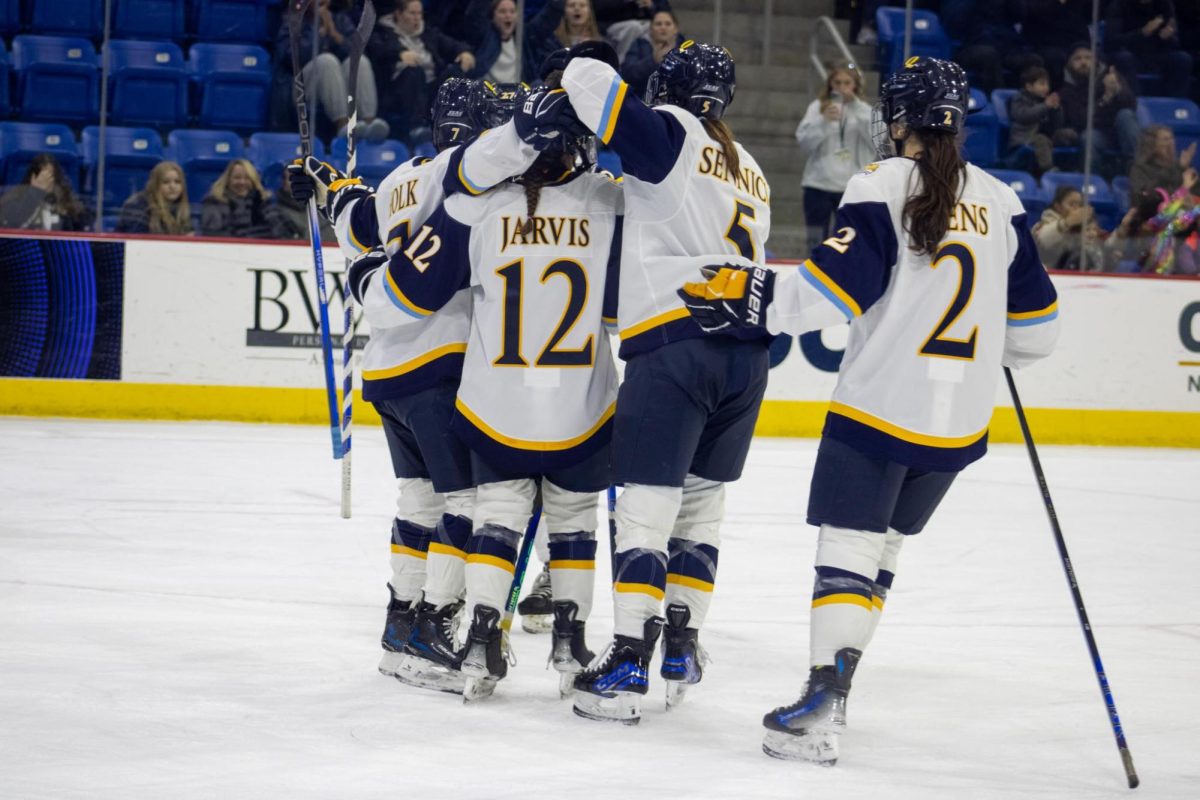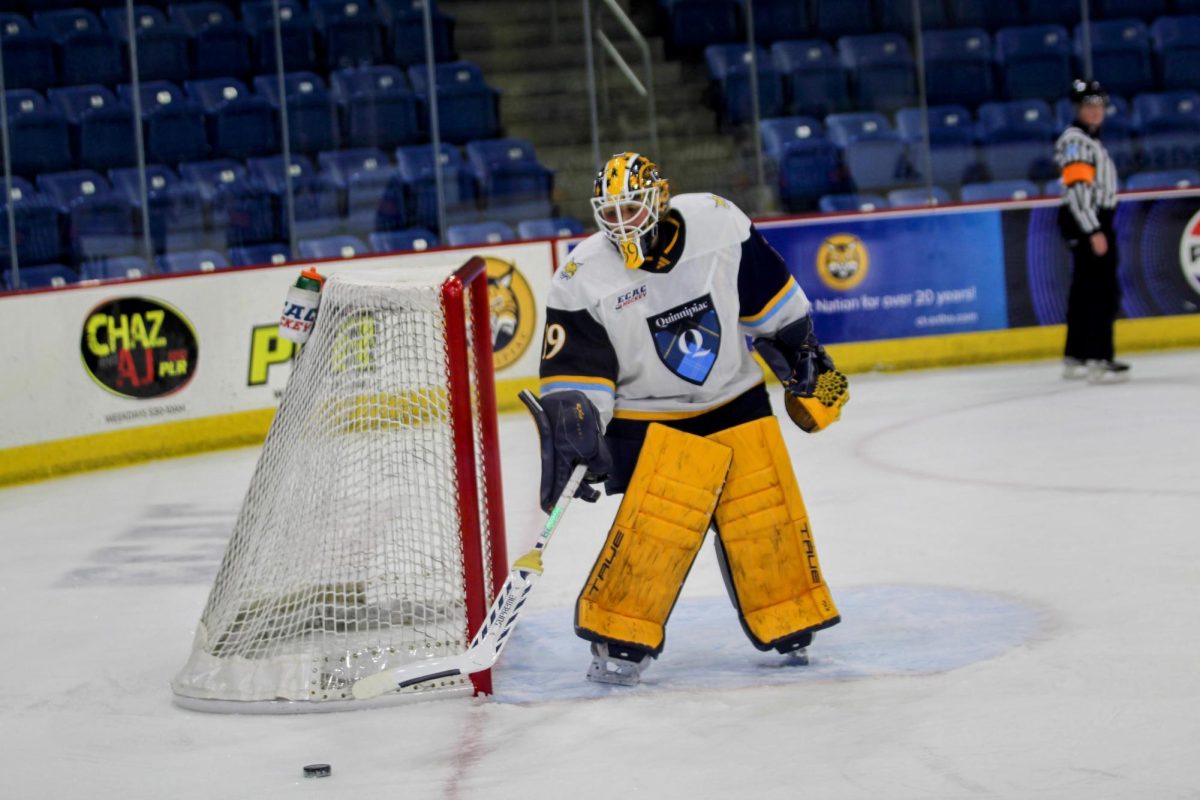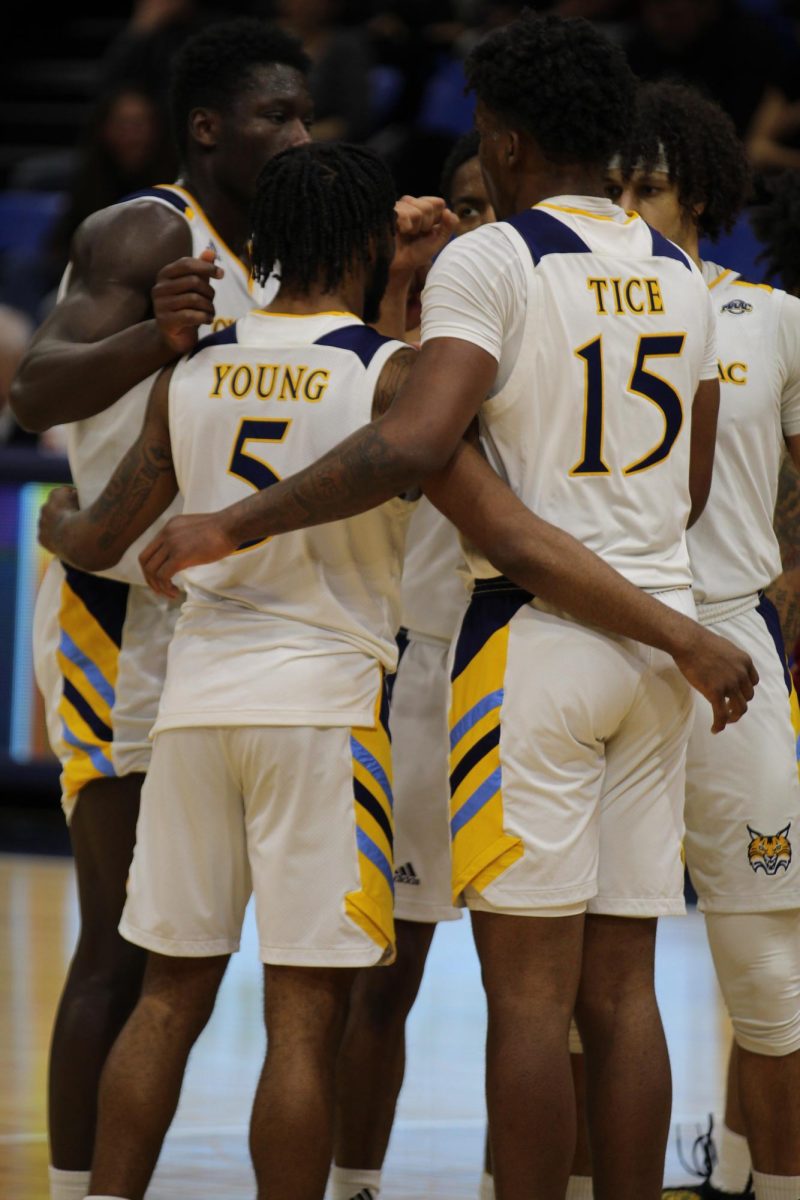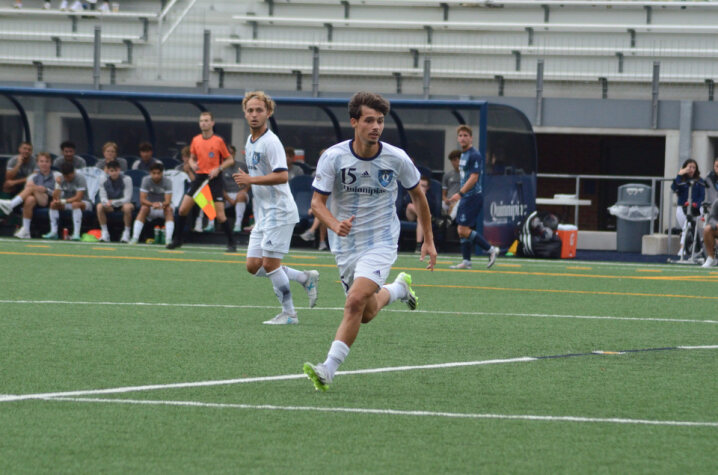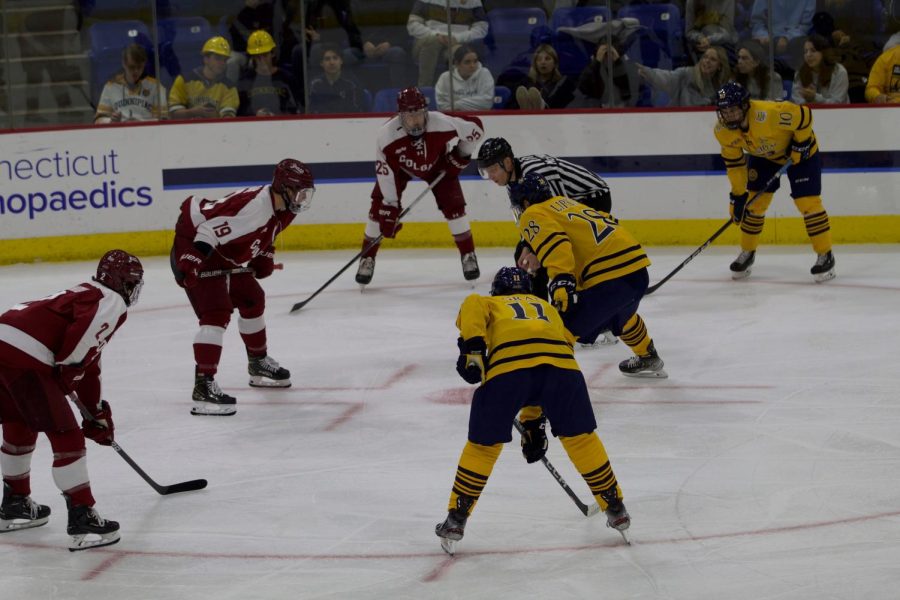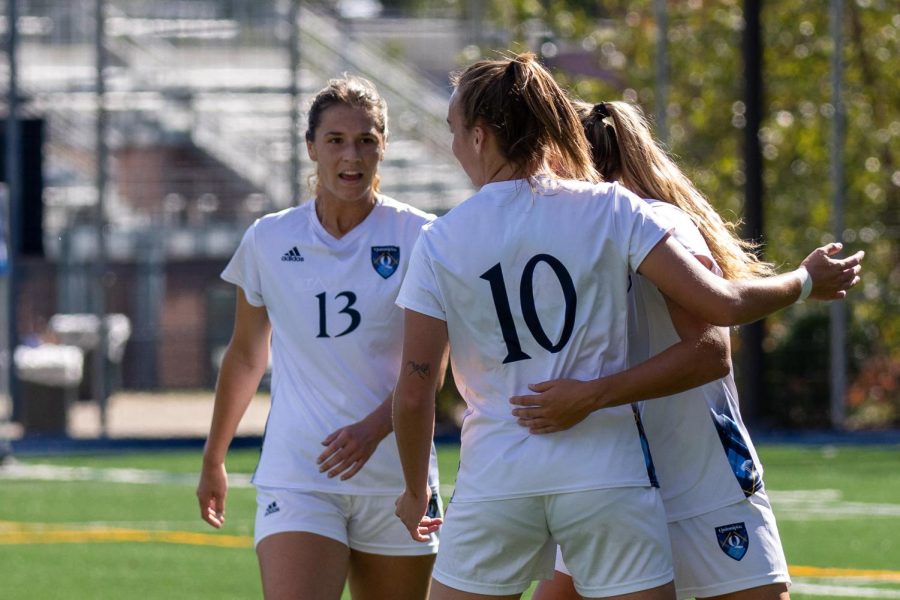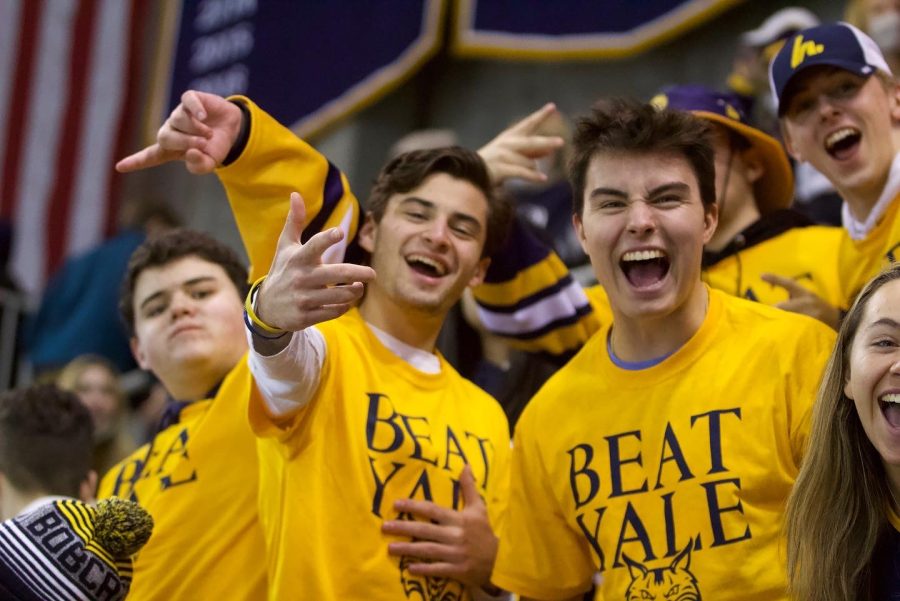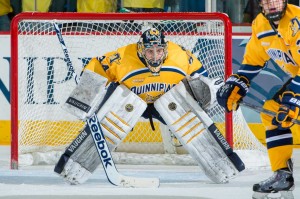
Sure the fall sports are still in swing and some teams look to go far in the MAAC, but nothing excites me quite like hockey does.
Both the ECAC preseason coaches’ poll and the first USCHO.com rankings were released, and I’m still torn on what to think.
The men’s team was ranked fifth in the conference, behind Colgate, Union, Cornell and Yale. The media were a bit more generous, putting the Bobcats at the three spot. I agree with the decision to put Colgate at the top; they have a strong core of returners including Charlie Finn in net and the Spink brothers leading their offense again. Those three proved to be enough last year when they ousted the Bobcats in the ECAC tournament in Lake Placid, New York.
The decision to drop the national champion to the two spot in an interesting choice; though it’s understandable because of the loss of their captain and offensive catalyst Shayne Gostisbehere, who decided to forgo his senior year to play with the Philadelphia Flyers.
Still, a great deal of talent remains on the Union team, including goaltender Colin Stevens, who led the nation in wins last season.
The top 10 teams in the USCHO poll are Minnesota, North Dakota, Providence, Boston College, Union, Colgate, St. Cloud State, Michigan, Ferris State and Wisconsin. On first glance, western teams seem to be dominating the preseason polls with the shift of western teams into the new conferences like the WCHA and Big Ten.
Three years ago, these same teams that were fighting for top of the conference were eking out points and trying to stay alive in the polls. Now, the top four ECAC teams rank in the top 20 nationally, showing the strength and development of the conference.
What this means for the men’s team is still up in the air, mostly because there are so many questions still with this team. Going into last season, being seeded at 10 was fair because of unproven goaltending and a lot of questions after the national championship run.
This year, there are no questions about junior Michael Garteig and his third-best 1.94 goals against, nor his defense, which features the likes of two NHL prospects, as well as senior captain Dan Federico. What remains to be seen is the effectiveness of the forwards after the loss of both size and skill. The biggest question for the men’s team that I have is if their speed and skill will be effective enough to get past some of the large, fast squads in the conference like Union or Cornell.
As for the women’s team, I agree with their head coach, Rick Seeley, that this is one of the best teams in program history. The top line of freshman Taylor Cianfrano, the US U-18 star, centered by junior Nicole Kosta and Sweden Olympian senior Erica Uden-Johansson is absolutely dynamic. These three women all have the quickness and puck prowess that will make them lethal. They always have bodies in the right spot and a knack for finding each other in the offensive zone.
There is a real chance that this team reaches the watershed fifth spot that they received in last year’s USCHO poll. Their greatest flaw, and what would ultimately hinder them from their first NCAA tournament berth last season, was the nine ties they recorded. I don’t foresee this being a problem, just because this year’s team looks to be a squad of finishers.
Their fourth spot in the ECAC is because of a similar situation faced by the men’s team; the top four teams are all quite good. Harvard is home to many of the members of the team that went to Sochi for the U.S. in February, and Clarkson is the reigning national champions.
Both the men’s and women’s teams face a similar dilemma— for as good as their goaltending is, the raw talent of their point producers, and the smarts that their players have, they’re playing in what is now a tough conference. I believe the women’s team is going to be the more successful of the two come March, but we have a whole stretch of season and a new set of questions that are sure to come forward.
For now, we should all sit back and celebrate the best news out of all of this: hockey is back.


